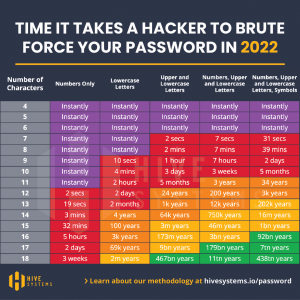Tax-related fraud and identity theft have continued to grow, with millions of people becoming targets. Scammers need little more than your Social Security number and other general information to file a fraudulent tax return and hijack your tax refund. Taxpayers typically don’t discover the fraud until they attempt to file their own returns, which is why it's essential to file taxes as soon as possible. At the same time, you may want to confirm the appropriate timing with your tax professional. Although 1099s are due by the end of January, custodians may correct 1099s throughout February. If drastic changes happen to a 1099 after you file your taxes, the change can severely impact the amount you owe.
Here are some helpful ways to prevent your SSN from being compromised:
- If you have been a victim of identity theft, complete IRS form 14039, identity theft affidavit.
- Respond immediately to any IRS issued notice once you verify the authenticity of the notice. You can do so by calling the IRS directly at 800-908-4490 or setting up your online account.
- Get an Identity Protection PIN: a 6-digit number that prevents someone else from filing a tax return using your Social Security number or individual taxpayer identification number. Only you and the IRS know the IP PIN.


